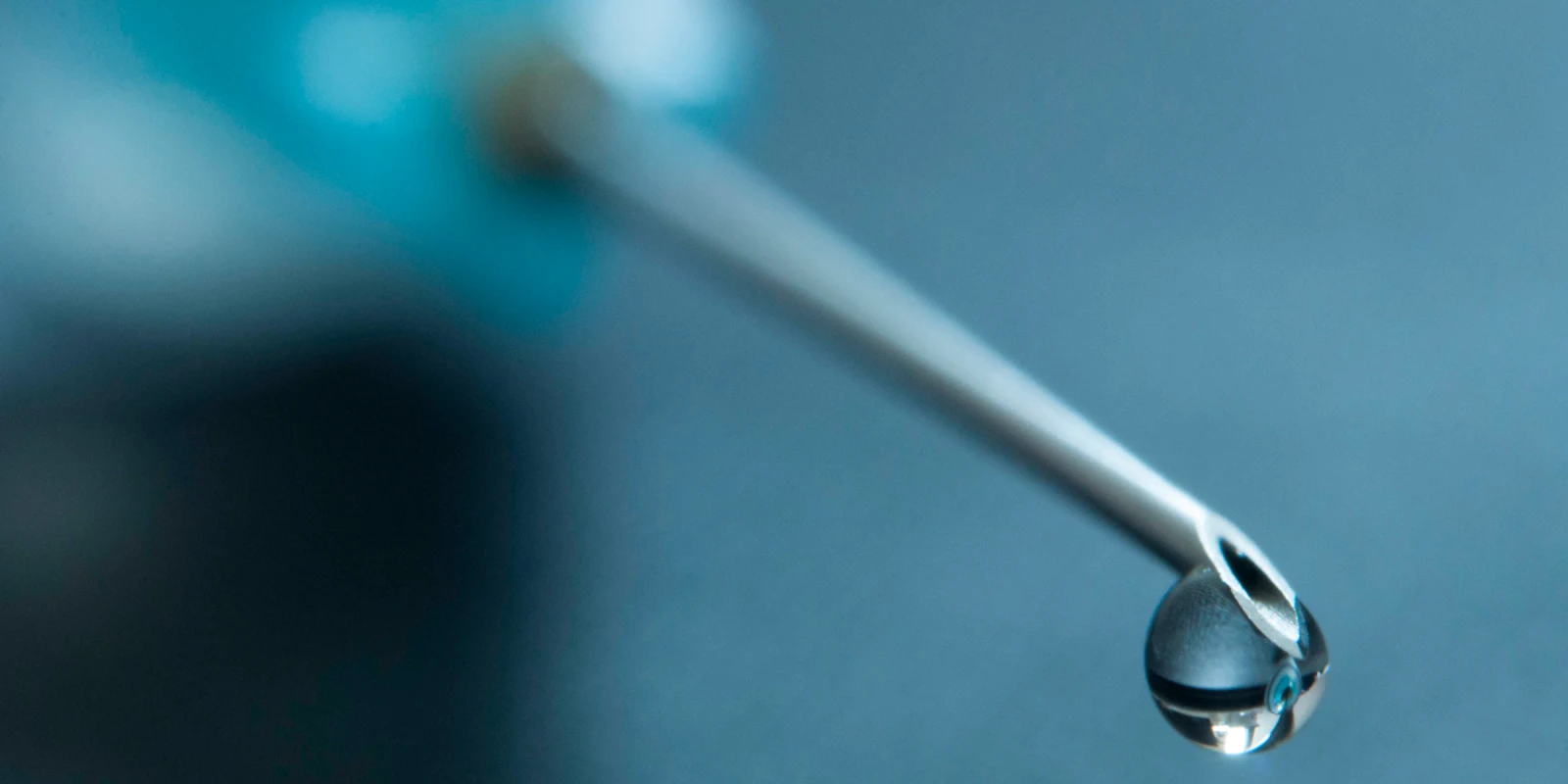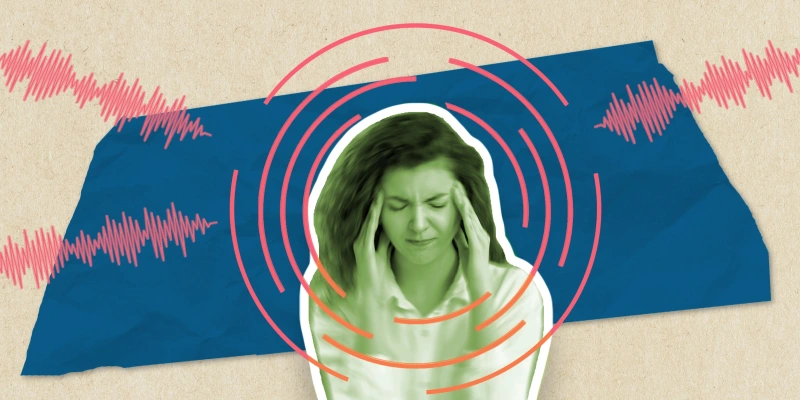Slowly rolling up the sleeve of his hoodie, a patient reveals his arm wound to me in the ED. An irregularly shaped, necrotic wound, extending from the wrist to the elbow, wraps around the patient’s arm. Dead, dark scabs are interspersed with areas of bright red flesh, as if a toxic chemical splattered over his arm.
“When was the last time you injected?”
“This morning.”
After discussing his case with the chief resident, I enter his room with a scalpel, local anesthetic, gauze, and saline in my arms to drain his wound.
He is the fourth patient I have been paged about with xylazine wound complications in the last eight hours that I have been on call for hand surgery at a downtown hospital in Philadelphia. During my time as an orthopaedic surgery resident, I have witnessed a surge of wounds from xylazine use presenting to the ED in Philadelphia. Unlike any other type of drug epidemic, patients present to hospitals for their wounds, not just their addiction.
Xylazine, a sedative originally approved for use by veterinarians to tranquilize horses, has been increasingly combined with fentanyl. A study from Philadelphia showed that 78% of fentanyl-positive urine samples contained xylazine. Xylazine causes skin ulcers unlike any other type of tissue injury. The exact pathway that leads to these wounds is unclear, but likely involves constriction of blood flow to the area of skin exposed to xylazine injection, causing death of tissue. The persistent use of unsterile needles for injection, coupled with the absence of blood flow to skin, leaves the body vulnerable to infections. At the hospital I worked at in Philadelphia, I witnessed grossly purulent wounds extending from the ankle to the knee with tendons visibly exposed to air.
Despite the grotesque appearance of these injuries, the essence of treatment is paradoxically simple: stop injecting.
I can see in his eyes as I explain this that he is already aware. He remains silent. The monotone alarm of the telemetry monitor echoes through the curtains of the room. As a physician, I struggle with how to relay this message. I realize saying the words is easy but the action is daunting. No single surgery will cure xylazine wounds. Some surgeons offer procedures to debride the wound and remove dead tissue even in active users. Surgery can temporarily decrease the chance of an infection and allow for tissue healing. However, re-injecting will lead to the same wound again. The cycle of xylazine wounds is vicious and difficult to break without stopping the drug completely.
As a resident physician, I have struggled with the management of patients with xylazine wounds. I wonder if the bedside irrigation and debridement I perform or encouragement to avoid injecting provide any value for patients struggling with this addiction. In my personal experience, nearly half of the patients that I am consulted on for xylazine wounds leave the hospital against medical advice from the ED before any treatment can even be offered. For the handful of patients I have met who undergo inpatient treatment for addiction and surgical management, they are met with yet another challenge of finding a safe discharge disposition. Given that many patients with xylazine addictions also face unstable housing situations, a plan to enable these patients to receive wound and medical care following their discharge is tenuous.
Surgical training places pressure on being efficient, returning to the OR as quickly as possible, and staffing consults in a timely fashion. During my intern year, I admit that I became so fixated on the depth, size, and purulence of the wound itself that I lost sight of the more complex issues of drug addiction, poverty, and housing instability that led to the manifestation of the wound in the first place. I spent the majority of my time with the patient on the exam or dressing of the affected extremity, rather than the circumstances leading to repeated injections into the wound. As a surgical resident, I have been asked by my seniors and attendings to describe the wound and explain the operative indications for management, not necessarily the extent of the addiction or inequities facing the patient. In my note, I would often write in the assessment and plan section the following: “Irrigation done at bedside. Packing to be removed tomorrow. Recommend addiction medicine consult.” I feel at fault for writing recommendations that are undoubtedly an oversimplification of a plan that would truly address the origin of xylazine wounds.
Even on long, busy days in residency, I have had to remind myself that the treatment of xylazine wounds is not primarily a surgical issue, despite the frequent involvement of surgeons in the care. The wound is just one symptom of the larger problem of drug addiction. Addiction management is by far the most important tool for decreasing the prevalence of xylazine wounds. Improved treatment options for withdrawal symptoms specific to xylazine, along with coordination with nursing and rehabilitation facilities to provide care for the homeless population that often struggles with xylazine use, should be a priority for the medical system in cities where xylazine is widely prevalent.
How have you seen xylazine in your medical sphere? Share in the comments.
Jiwon Park, MD, is completing her PM&R residency University of Michigan. She was previously an orthopaedic surgery resident physician at University of Pennsylvania before switching paths to PM&R. She is interested in global health, adaptive sports, and classical music.
Image by Karl Tapales / Getty







